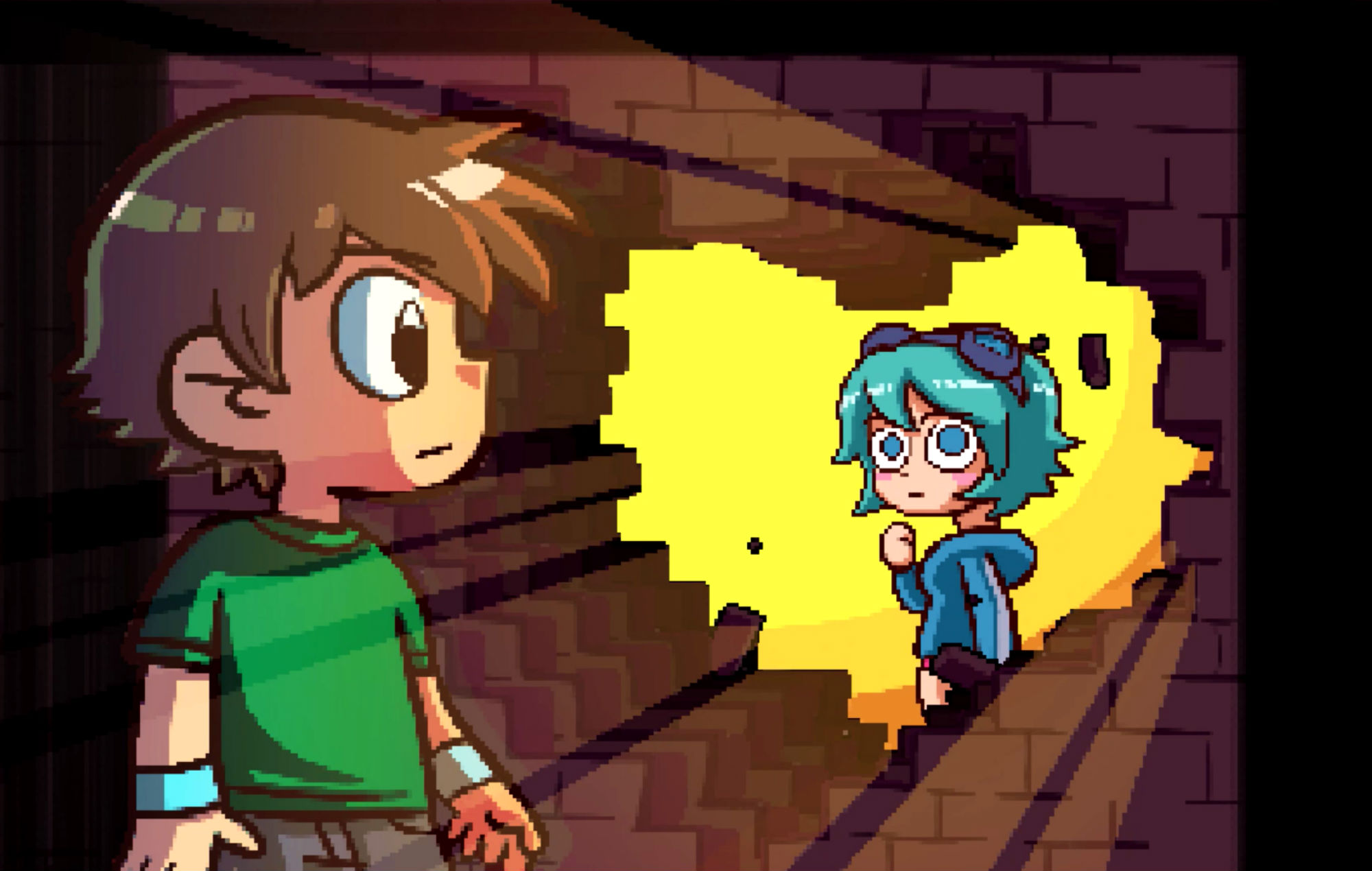Table of Contents Show
“Scott Pilgrim vs. The World: The Game” is an absolute classic video game. The game is based on the cult hit graphic novel series Scott Pilgrim by Bryan Lee O’Malley and its film adaptation, Scott Pilgrim vs. the World. The game adaption is a love letter to retro beat-em-ups like “Double Dragon” and “Streets of Rage.”
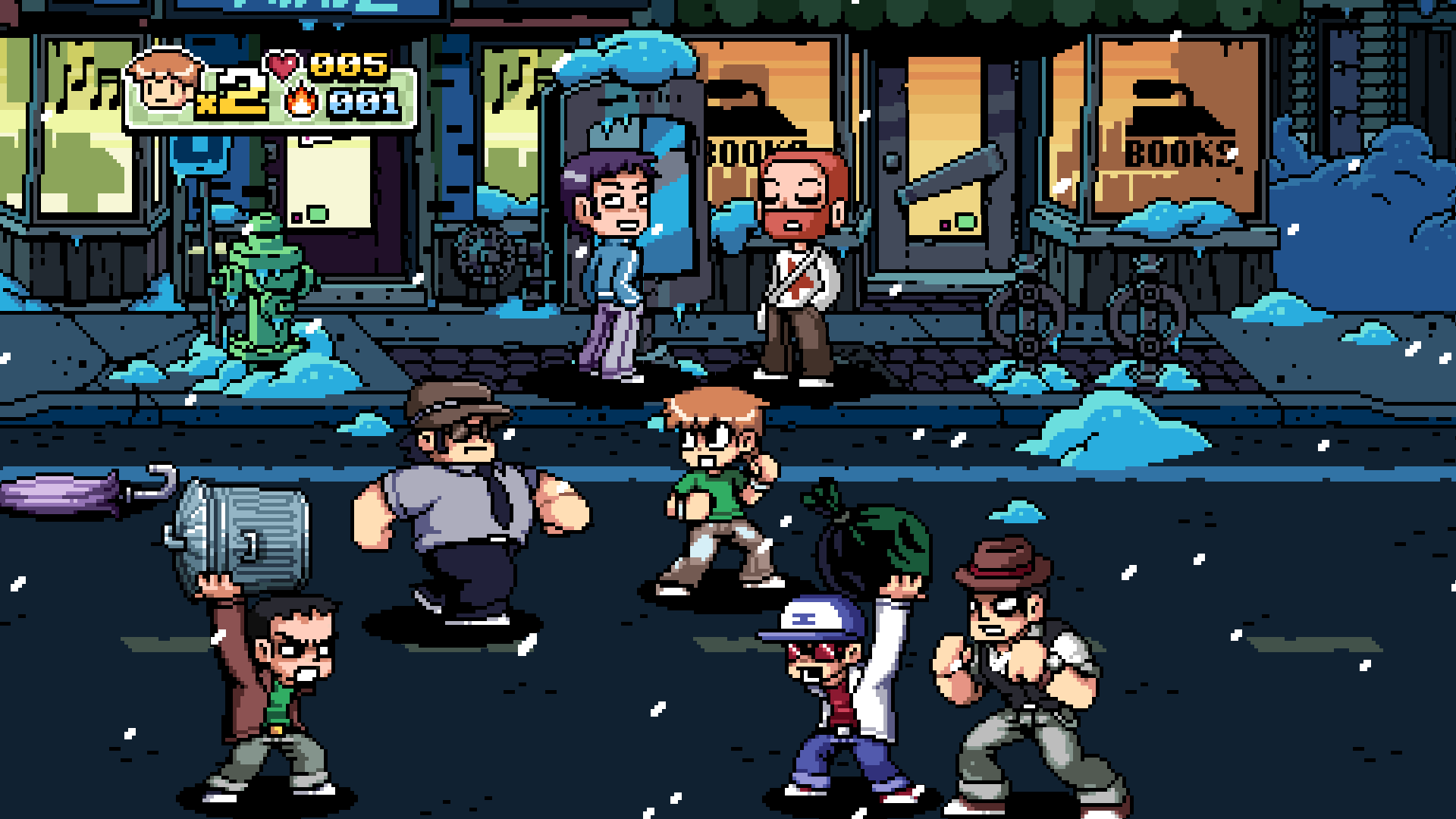
“Scott Pilgrim Vs. The World: The Game.” Ubisoft. 2010.
In each incarnation of the Scott Pilgrim story, Toronto native and twenty-something layabout Scott Pilgrim falls head-over-heels for the mysterious and alluring American delivery girl Ramona Flowers, but he must defeat her seven evil exes in a series of reality-breaking battles in order to date her. In both the book and the film, these fights take a lot of inspiration from video games, so a game adaptation that recasts each of the evil exes in literal boss fights just made sense.
“Scott Pilgrim Vs. The World: The Game” was published by Ubisoft and released digitally for PlayStation 3 and Xbox 360 in 2010. The release was met with praise from critics and excitement from fans of the source material. But four short years later, it was delisted from both digital storefronts with no official explanation from Ubisoft. Fans have been clamoring for the game to be re-released ever since, and this January, they finally got their wish.
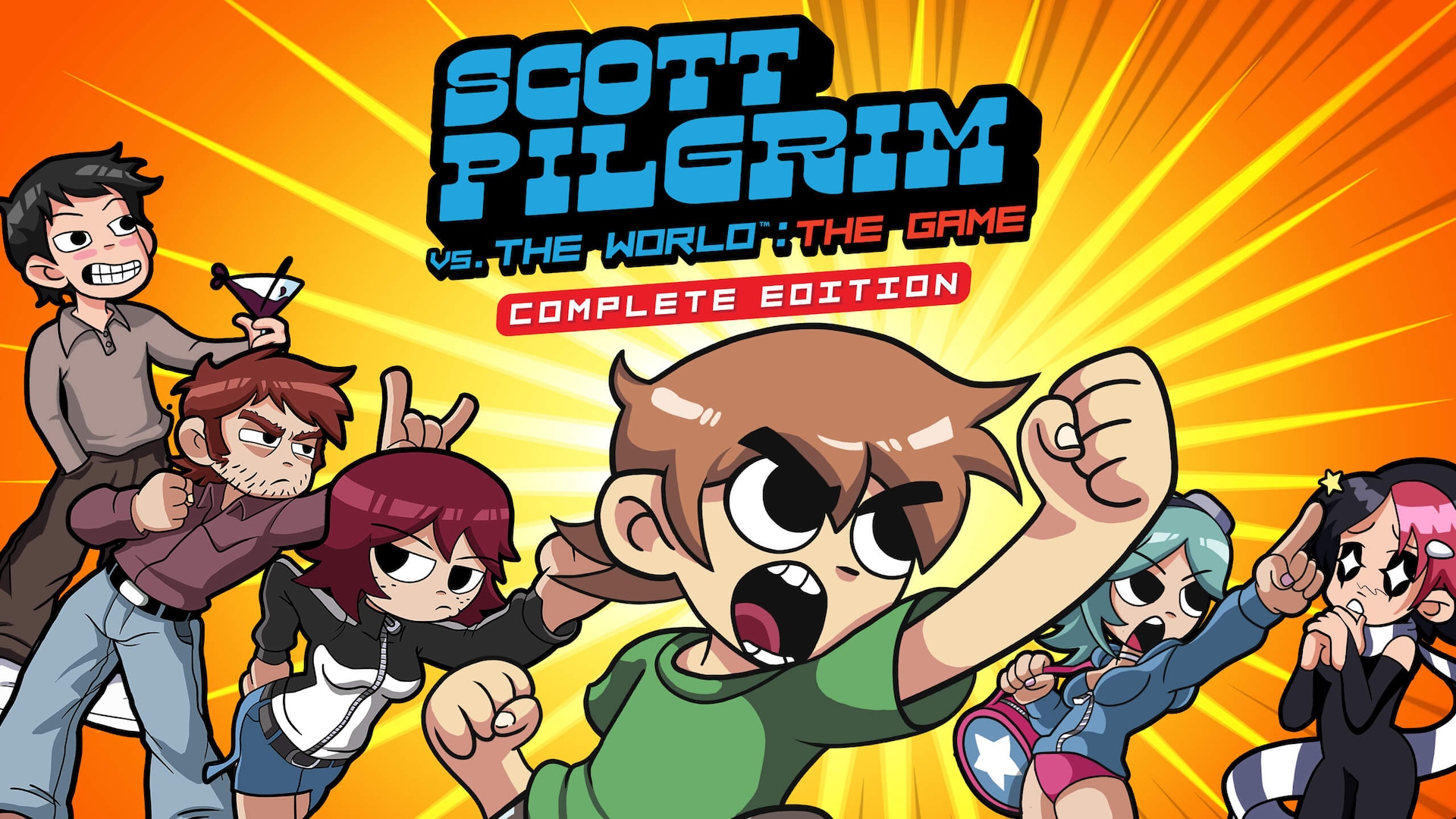
“Scott Pilgrim vs. The World: The Game – Complete Edition” is now available on all major platforms and includes the original game along with all of the downloadable content. The game’s classic beat-em-up gameplay, bombastic comic book art style, and a legendary soundtrack by chiptune band Anamanaguchi are now accessible to gamers for the first time in six years. This release is a huge win for fans, but for many, it also represents a larger victory for a little known field in the gaming space: video game archival. Can Scott Pilgrim save not only his love life but also all of video games?
Leaving The Past Behind
For the average video game player, the idea of needing to archive video games might seem strange. After all, old games don’t stop working as they age, and many of them are widely available second-hand from online and physical retailers. Well, that isn’t the case for all games, especially very old games.
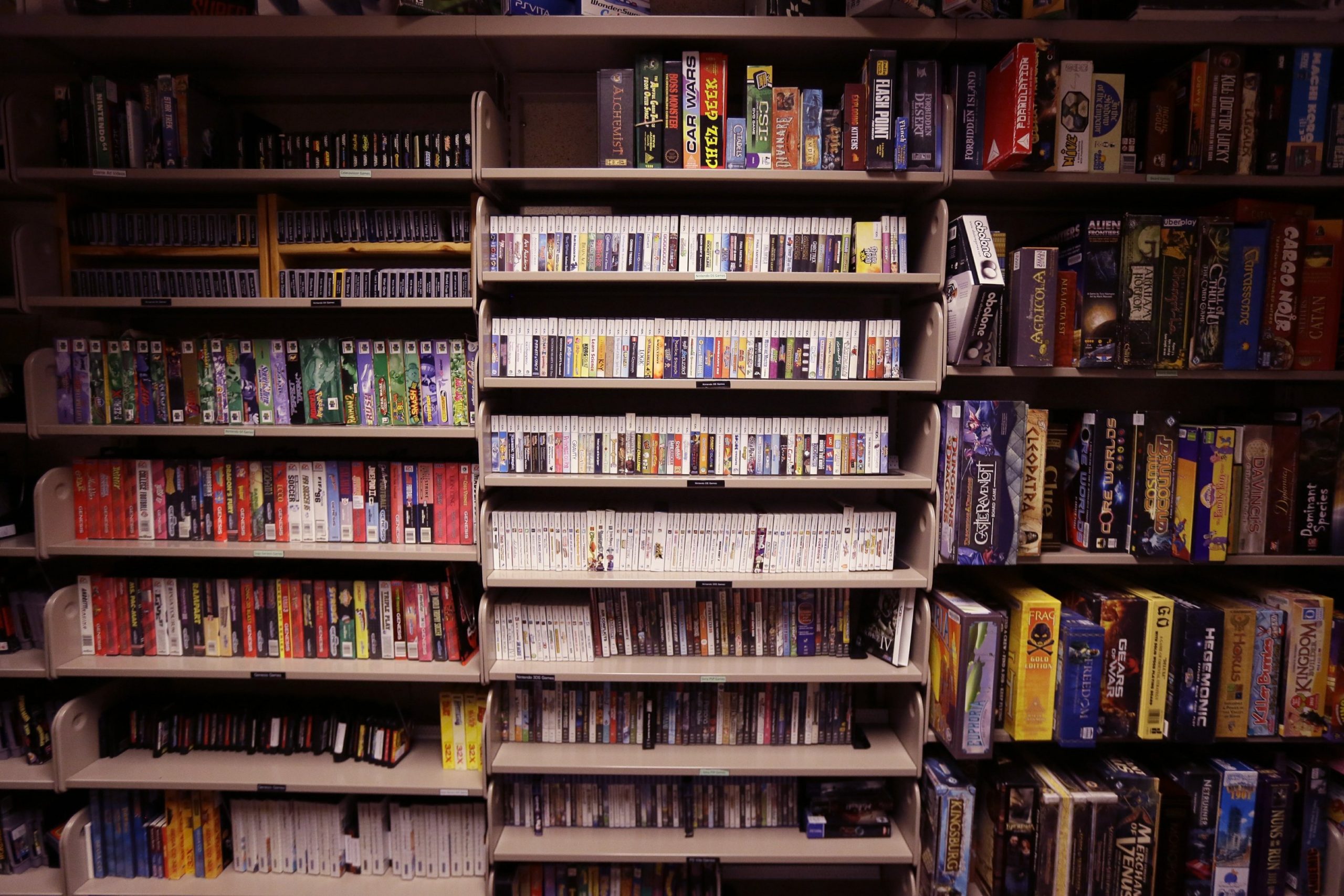
Some older games are exceedingly rare, and the inflated prices of original cartridges or disks can be prohibitive. But even if you get an original copy, actually running the game isn’t as easy as you might think. There are still enough Nintendo Entertainment Systems around that you can get one with a modest investment and play that obscure old game you’ve always wondered about. But what if you want to play a game that ran on Microsoft DOS and came on a floppy disk?
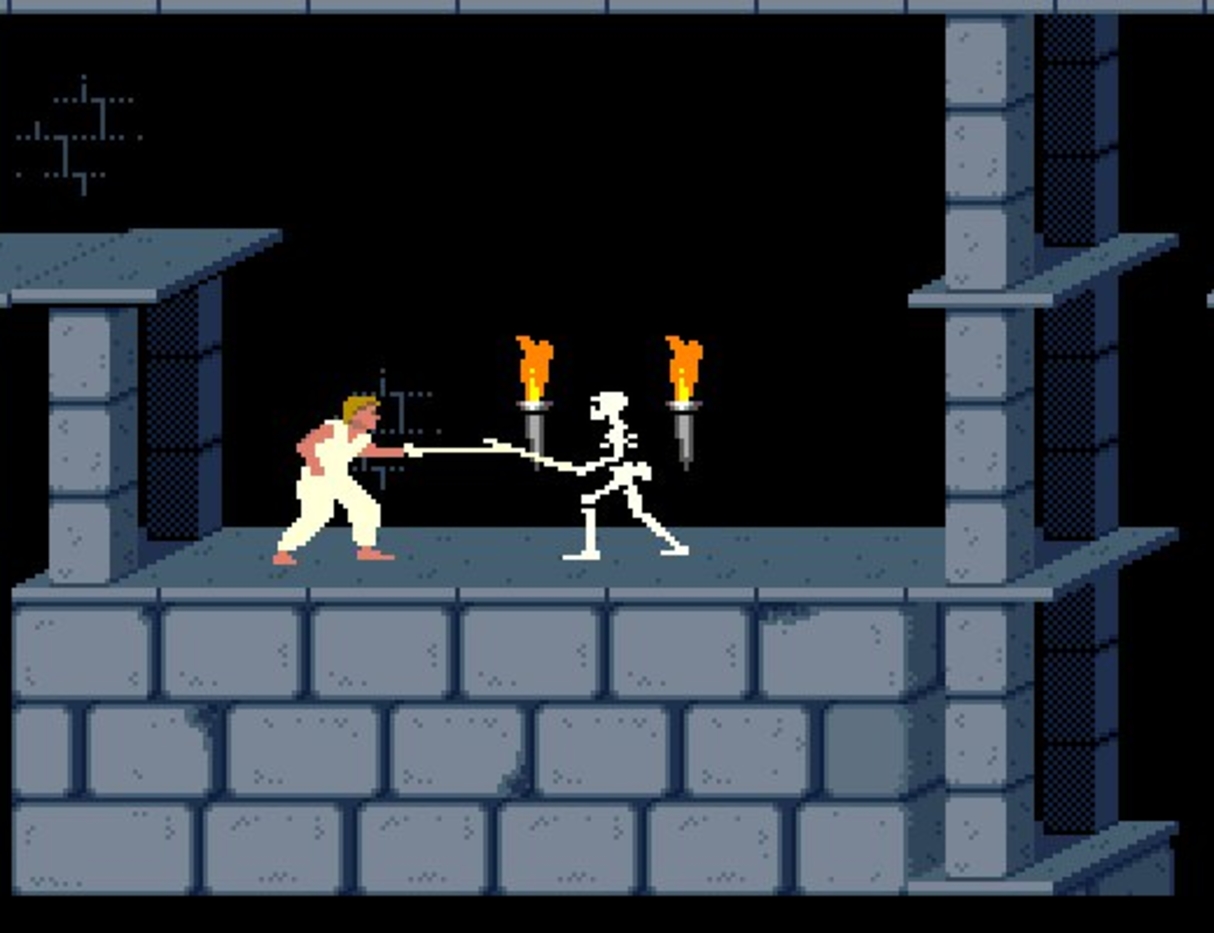
Do you still have that ancient, oatmeal-colored computer lying around? What if you want to play a game that was only released as an arcade cabinet and has been discontinued? Would you buy that hulking machine from a collector or, if it’s no longer operational, pay to have one refurbished just to play one game?
Digitally-distributed games have their own troubles. Online-only games such as massively multiplayer online games, as well as online-only modes in many other games, require functioning servers, which are expensive for game companies to maintain. Inevitably, the game will cease to be popular enough to justify the cost, and the servers will be shut down: a sad day for those few loyal players still enjoying the game. Some games have a remarkably short shelf-life: Firefall, Red 5 Studios’ MMO shooter, was only fully playable for three years.
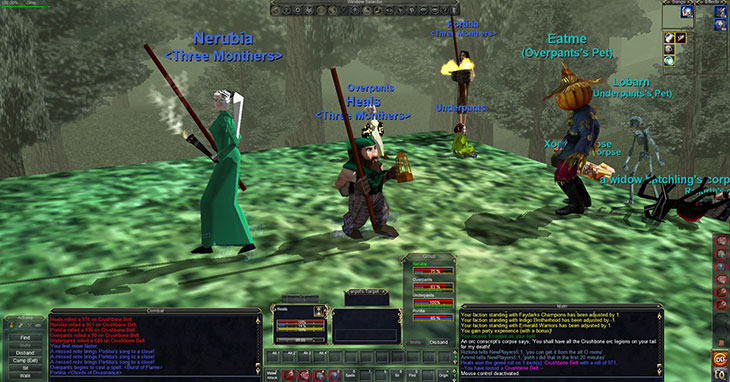
Besides online-only games, many downloadable games have suffered the same fate as “Scott Pilgrim Vs. The World: The Game” and have been pulled from digital storefronts. Though Ubisoft never made an official statement about the game being delisted, many fans speculate that the license expired, common in similar situations. With these factors in mind, it can feel like thousands of games are constantly slipping through our fingers. What can be done to keep them all alive?
Remember, Remember
Fortunately, video game fans have stepped up to the task and formed entire communities around preserving abandoned video games. The results of their time and effort can be found in the many different online archives that host thousands of rare or completely unavailable gems.
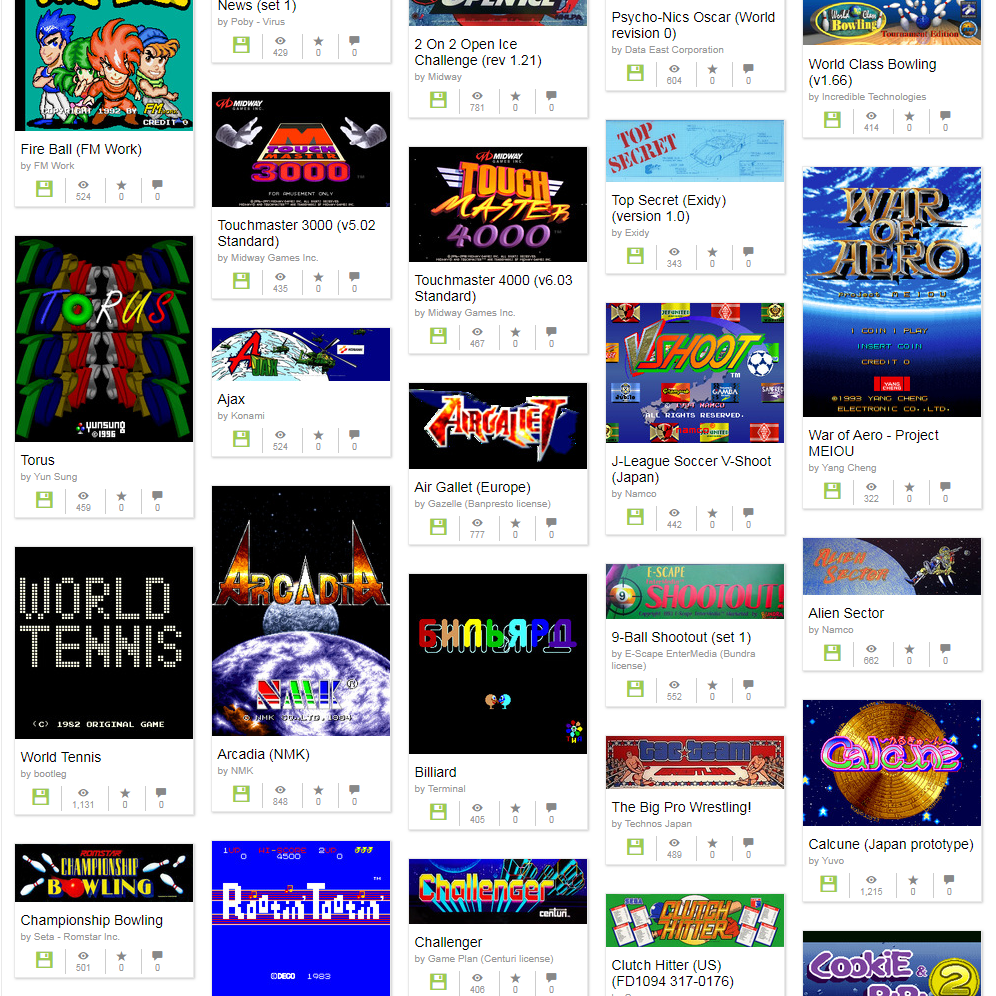
However venerable that mission is, all of these archives rely in one way or another on emulation, a technique normally used to facilitate video game piracy. An emulator is software that allows any computer system to function as a different operating system. Emulators that imitate the function of game consoles allow users to play ROMs, or copies of games ripped from the cartridge, disk, or downloaded file. Those engaged in piracy download illegally ripped ROMs of games that they could legally purchase, sometimes even very recently released games.
Archival is different from piracy because archivists only rip games that are no longer available on the market or that have prohibitive barriers to accessibility, such as equipment or cost. However, due to the prevalence of piracy, the law treats all instances of video game emulation the same. It’s almost certainly illegal to rip or download a copyrighted game unless you keep it for archival purposes only and never play it. (( “Do You Own Your Games? – Retrogaming Responsibly – Extra Credits.” YouTube, uploaded by Extra Credits, 4 March 2020. )).
Given that archivists want to make old games available to play, that solution isn’t acceptable. As an alternative to fan-led archival, game companies sometimes digitally or physically re-release their old games. Nintendo is currently in the habit of porting its old games to modern consoles via its online stores, especially if those games are iconic to gaming history or if their quality still holds up.
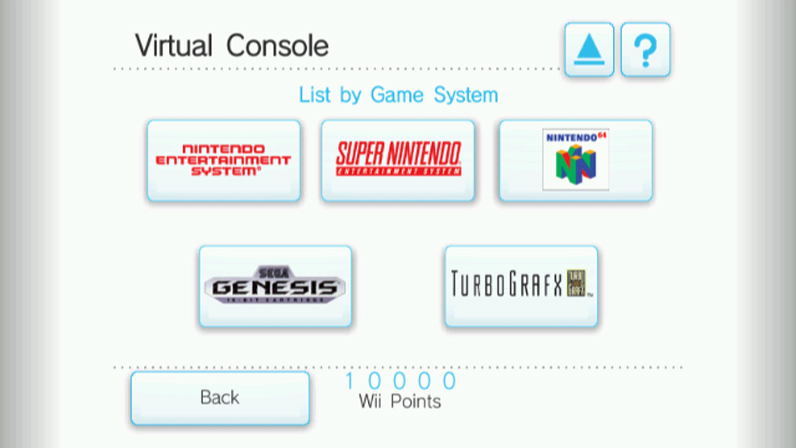
Sometimes these games are released as package deals like the “Sonic Mega Collection,” which includes every main series Sonic game released on the Sega Genesis and a number of spin-offs, making it feel like an archive in and of itself. Another great example is the NES Classic Edition, which comes in a miniature version of the actual Nintendo Entertainment System for a blast of tactile nostalgia.
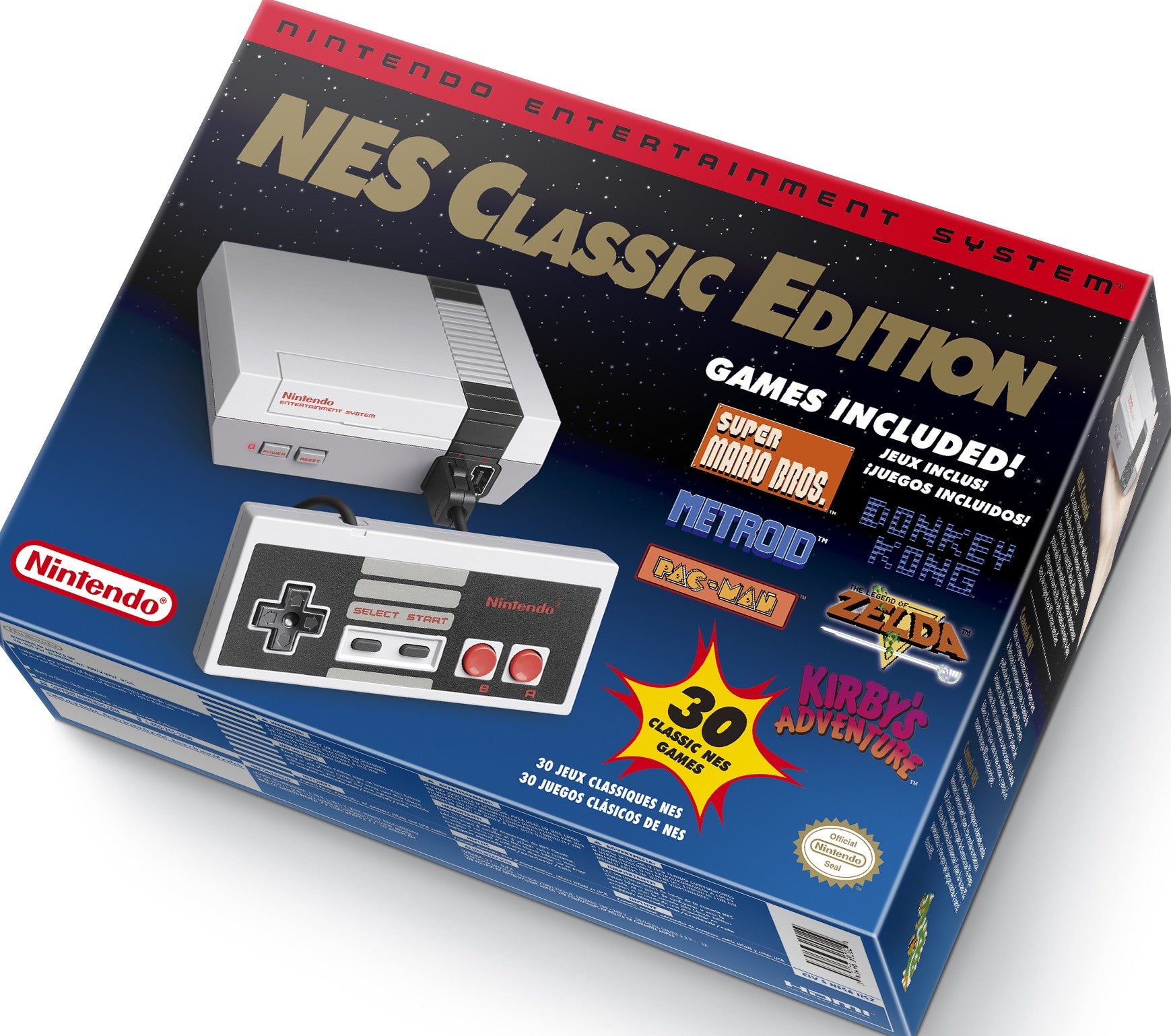
Unlike using emulation, purchasing these products is legal and supports the company that made the original games. One of the other advantages to official re-releases, however, is that game companies will occasionally go back and update a game’s graphics or gameplay to make for an even better experience. These updated games are usually referred to as “remasters.”
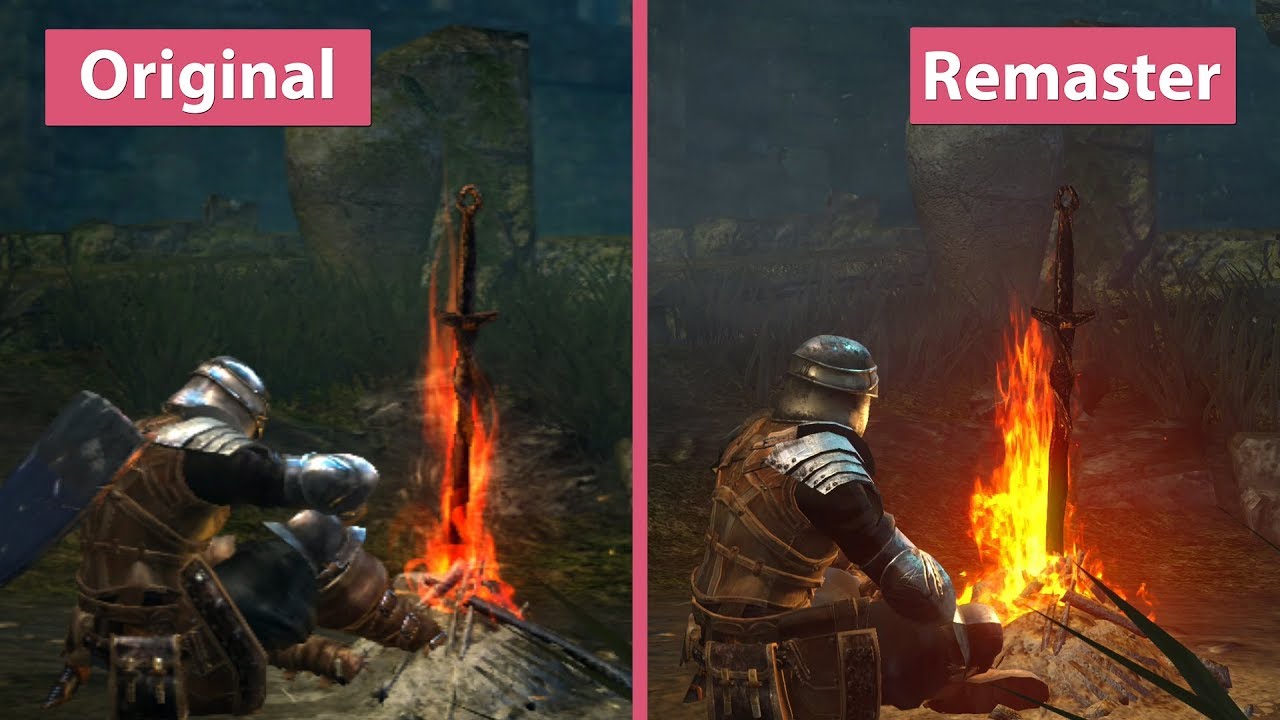
Remasters are of limited use for purely archival purposes. For example, if a video game art student wanted to know how artists crafted engaging visuals under the technical limitations of 2002, the 2014 remaster wouldn’t be much help. Despite these limited uses, gamers playing a remaster can expect the original gameplay of an old game in a package that’s more palatable to their modern expectations.
Why Archive?
There are many interrelated reasons to keep gaming’s history alive. A lot of abandoned games are worth revisiting on their own merits, and the people who remember them as they were originally released want to keep enjoying them.
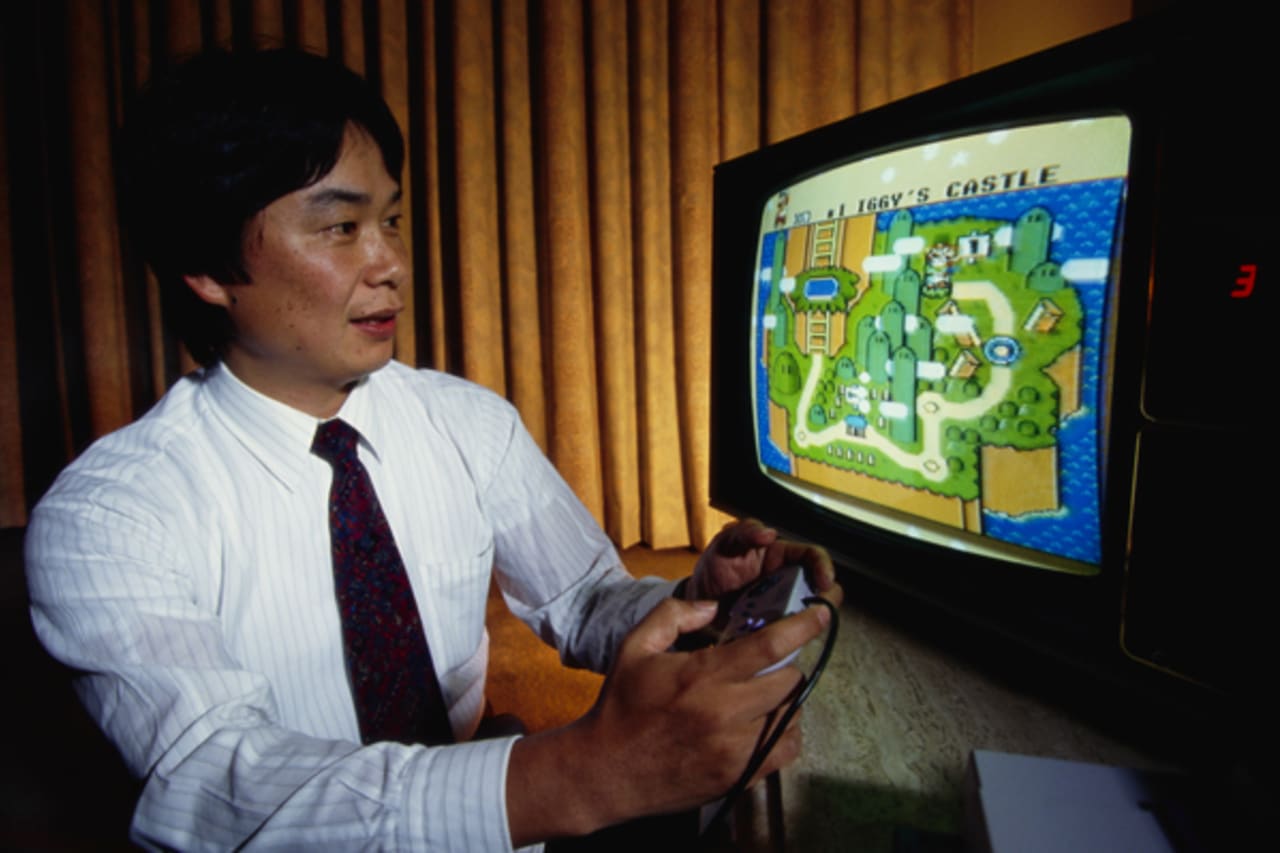
Getty/Ralf-Finn Hestoft
Even if you weren’t around to play these old games, it could be worthwhile to troll archives and hunt for long-forgotten gems. Maybe not every abandoned game is actually enjoyable, but it can be fascinating to see how games evolved over the years, track the ideas and techniques that succeeded or failed and gain a better understanding of the medium as a whole. Like film, paintings, or music, video games are objects of a unique cultural import that contain fascinating insights into the time and place from which they came.
That deeper understanding has an even more concrete place in academia, where aspiring game developers hone their craft. Students of the medium can’t learn from the triumphs and stumbles of games in the past if those games aren’t well-preserved, which means that the future of video games as an art form relies on comprehensive and accessible archives.

So which method of archival is best? Should gamers rely on official re-releases or take it upon themselves to keep these games alive? Do game companies need to change? Does the law? “Scott Pilgrim Vs. The World: The Game” has been a poster-child in discussions of video game archival because of the sizable demand for its return, and the release of the Complete Edition has been hailed as a victory for archival generally. This makes it an excellent case study for thinking about how archival should work.
“Scott Pilgrim Is Back!”
The first notable aspect of “Scott Pilgrim Vs. The World: The Game” is Ubisoft’s radio silence when it was delisted from the Xbox 360 and PlayStation 3 online stores in 2014. This disregard for the game’s small but passionate group of fans already casts Ubisoft’s credentials as a steward for game archival into doubt. In addition, Ubisoft waited six years, amid near-constant outcry from Scott Pilgrim fans to re-release the game. Notably, the release comes on the occasion of the game’s tenth anniversary. That’s as good a time as any, but if it’s worth it to re-release the game now, why didn’t they do it sooner?
Additionally, Ubisoft’s handling of the re-release left a lot to be desired. None of the major parties involved in the original game, including soundtrack composers Anamanaguchi or Bryan Lee O’Malley, the author of the original Scott Pilgrim graphic novels, were informed about Ubisoft’s plans to re-release the game until the last minute.

As for the game itself: “Scott Pilgrim Vs. The World: The Game – Complete Edition” might have a fancy new subtitle, but it’s not a remaster. Ubisoft added some text to the menu screen and prepackaged the downloadable content, but they haven’t improved the game itself. Meaning that this release lacks one of the major advantages that official re-releases can have over unofficial means of archival. Despite the game’s excellent art direction, banging soundtrack, and status as a cult darling — “Scott Pilgrim Vs. The World: The Game” could have used some improvement in the gameplay department.
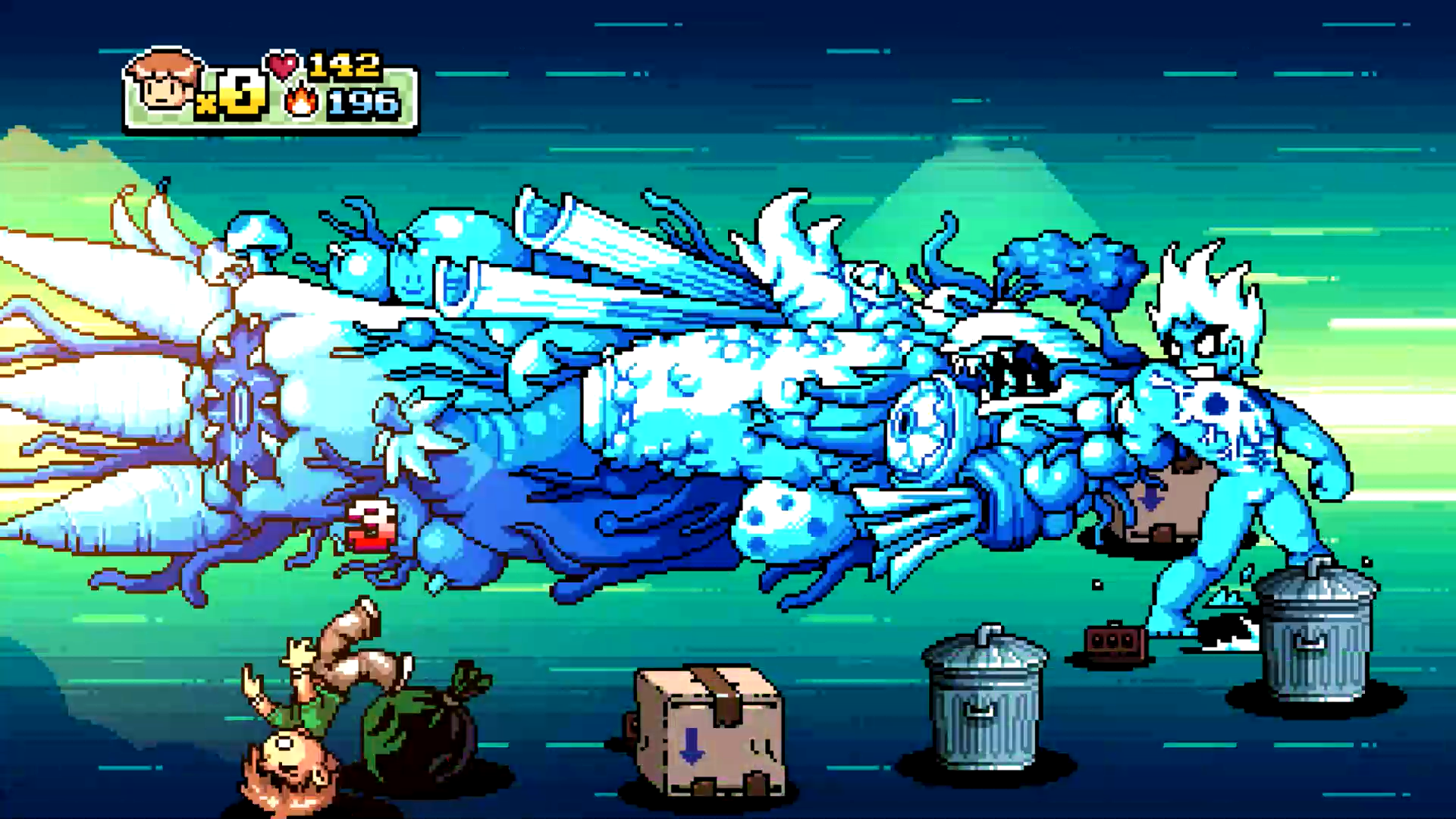
Combat is extremely finicky with slow, herky-jerky movement and special moves that you’ll never pull off except by accident. When Scott or one of his playable friends is knocked to the ground — a constant occurrence — they take an awkwardly long time to get up, slowing the pace to a crawl. The game also features a frustrating life system, which many modern games have wisely scrapped. If you’re playing with friends, you can revive each other, but solo players need to face down the same number of enemies with three measly lives per level. Finally, there are occasional bugs where music fails to play or the next part of the level fails to load, prompting rage-inducing restarts.
“Scott Pilgrim Vs. The World: The Game” is not some low-effort shovelware designed to cash in on a popular franchise. It’s got style to spare and the passion of those who worked on it is evident. However, a lot of its gameplay features belong in the previous decade, and the whole affair sometimes seems like it’s being held together with paper clips and masking tape. Ubisoft could have fixed any number of these issues in a remastered version of the game and made the wait truly worth it, but instead, we got an experience that could just as easily have been achieved through fan-led archival.
Doing Archival Right
Ubisoft set a poor example with this belated, ethically fraught, and lazy release. Game industry giants like Ubisoft can release products this way because it doesn’t affect those products’ ability to produce a profit. “Scott Pilgrim Vs. The World: The Game – Complete Edition” will make money because it’s still the only way that gamers can legally play this dated but classic game, even if Ubisoft botched the launch. Their failure shows that profit-driven video game companies shouldn’t be hailed as leaders in-game preservation unless they provide additional value by remastering a game.
However, perhaps the most damning thing about this official re-release is that thousands of abandoned games will never get a re-release. The “Scott Pilgrim” franchise is a cult hit with proven marketability, which is why Ubisoft went through the effort to re-release the game. A game’s marketability doesn’t necessarily correspond to its value as an archival object. This, above all the other reasons Ubisoft demonstrated with this launch, is why profit-motivated game companies cannot be the sole leaders in-game archival.
Efforts in-game archival must be fan-led, and the law must be changed to allow those fans to carry out that essential practice. Currently, just about all emulation of copyrighted games is illegal. So emulation needs to be legalized in certain contexts, such as if the game is completely unavailable, the cost is prohibitive to some degree, or if the game reaches some other minimum barrier to accessibility. In order to preserve gaming’s past and protect its future, we need reliable, accessible archiving, and the only way to ensure that possibility is to legalize it.
